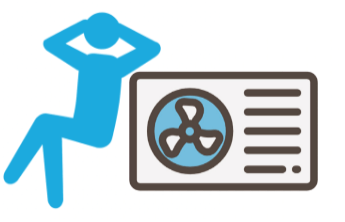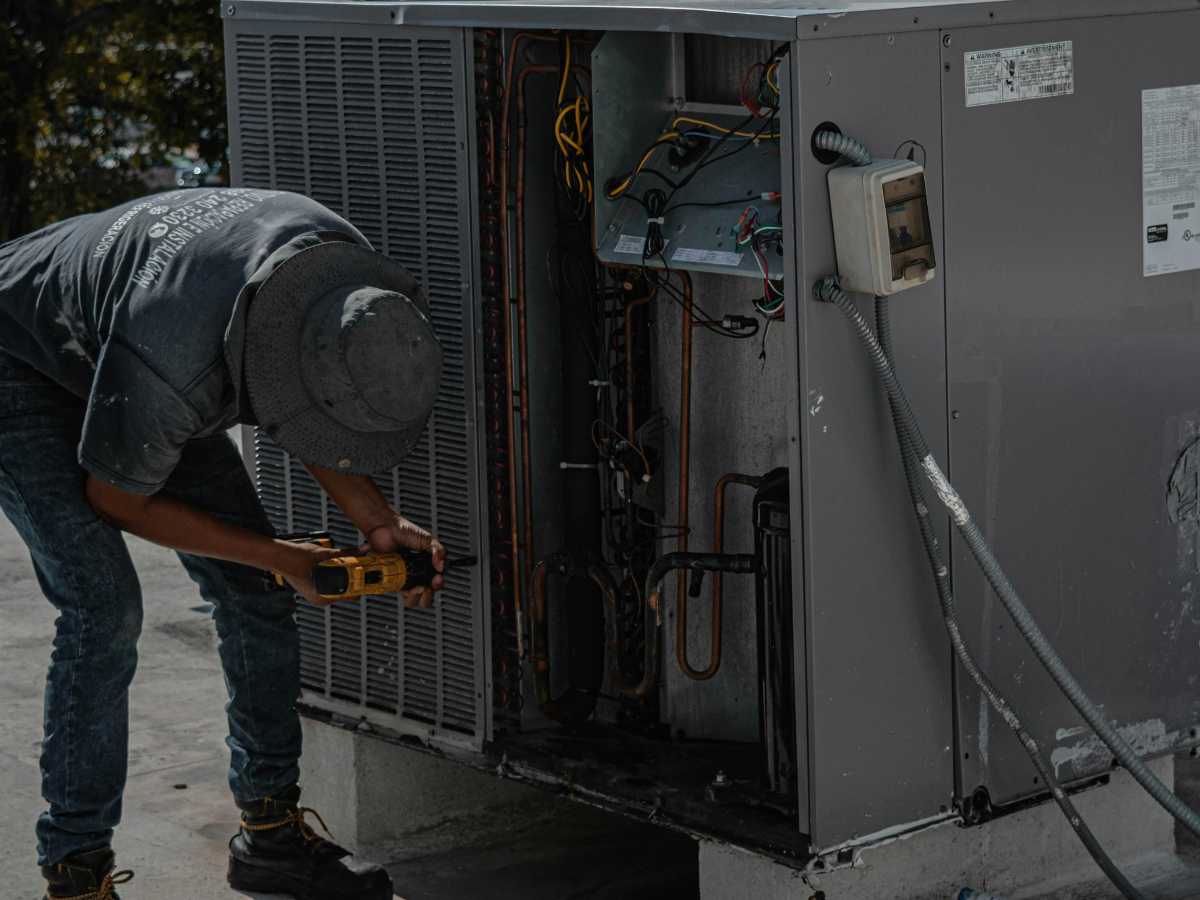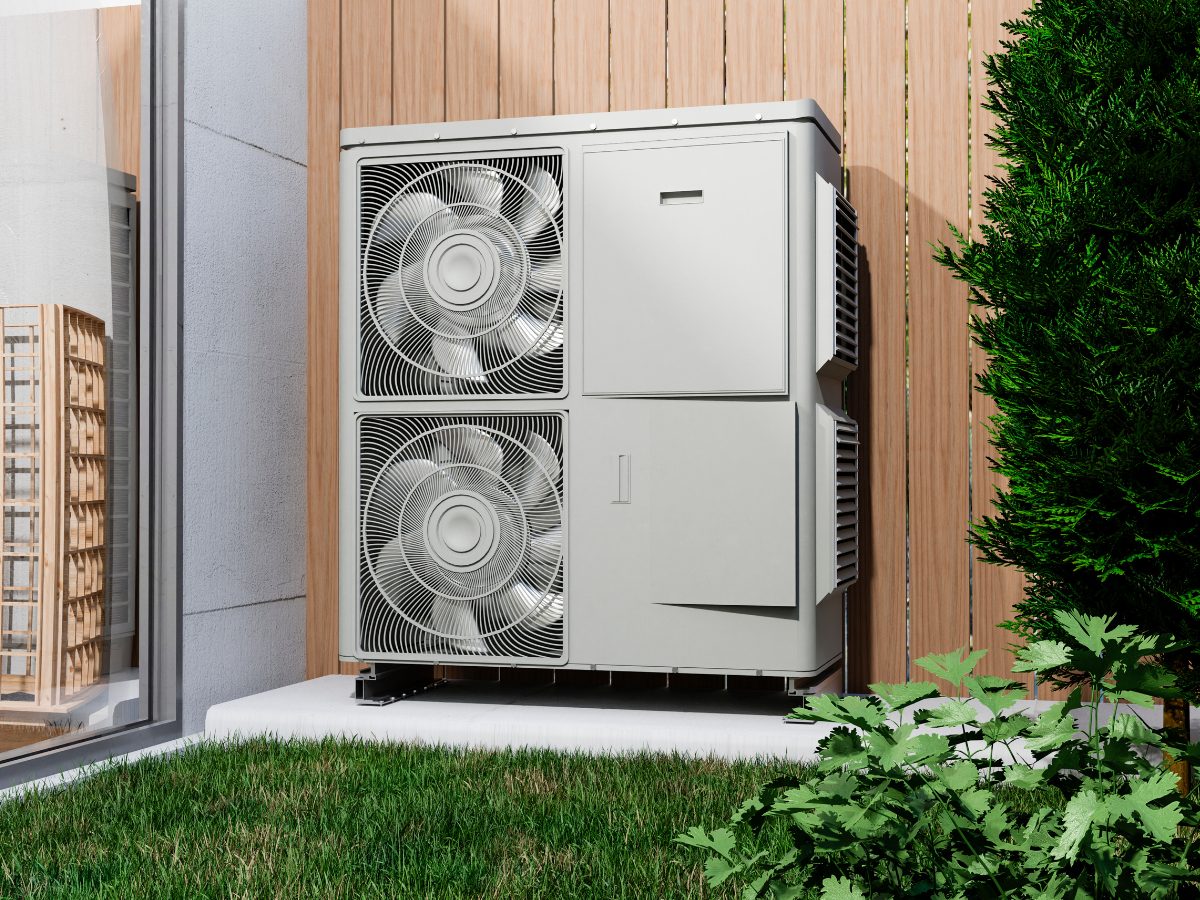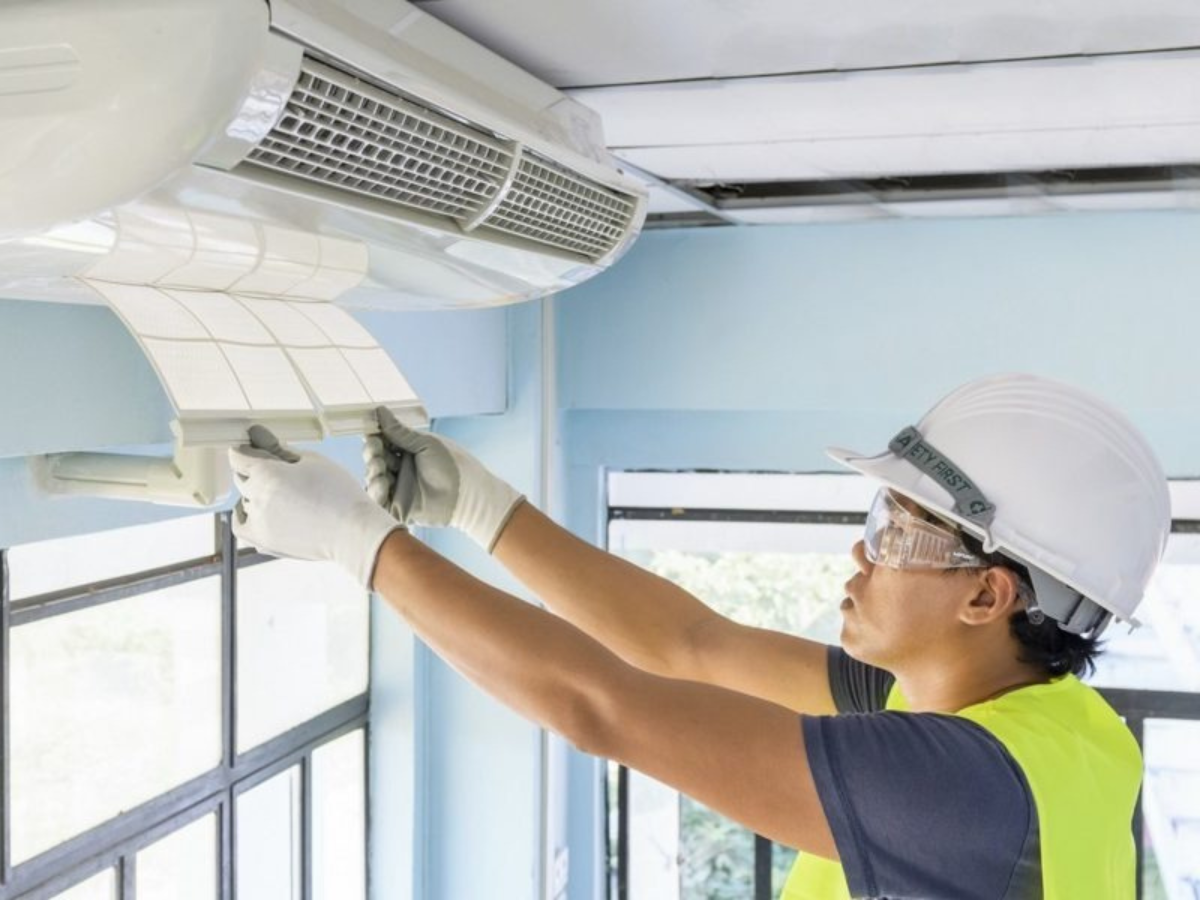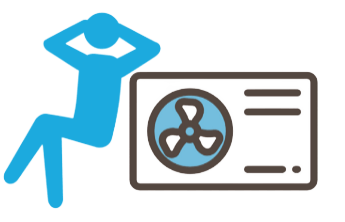Set Up the Perfect Cooling Solution for AC Unit Installation
When summer temperatures rise, having a reliable air conditioning system isn’t just about comfort—it’s essential for maintaining a cool, stress-free environment. Whether you're looking to upgrade an outdated system or install a brand-new unit, making the right choices upfront can save you time, money, and long-term headaches. From selecting the right type and size of AC to ensuring proper installation and maintenance, every step plays a crucial role in maximizing efficiency and performance. A well-installed system not only provides consistent cooling but also helps lower energy costs and extends the lifespan of your unit.
This comprehensive guide will walk you through everything you need to know about AC unit installation, from choosing the best system for your space to understanding the installation process and key maintenance tips. With expert services from Comfort Zone HVAC, you can be confident that your cooling system is installed correctly, ensuring long-term reliability and comfort.
Why Proper AC Unit Installation Matters
A well-installed AC unit operates efficiently, cools your space effectively, and has a longer lifespan. A seamless installation ensures consistent comfort, energy savings, and reliable performance, giving you peace of mind all season long. That’s why working with experienced HVAC professionals like us is a smart choice.
The Right AC Unit for Your Space
Before installing an AC unit, it’s important to select the right type and size. Here’s what to consider:
1. Types of AC Units
- Central Air Conditioning: Ideal for cooling an entire home or commercial building. It distributes cool air evenly, creating a comfortable indoor environment.
- Ductless Mini-Split Systems: A fantastic option for homes without ductwork, providing zoned cooling for specific areas with energy efficiency.
- Window Units: Perfect for single rooms, these are affordable, easy to install, and effective for small spaces.
- Portable Air Conditioners: Flexible and convenient, these units are great for temporary cooling solutions.
- Geothermal Cooling Systems: A highly efficient option that uses the earth’s natural temperature to maintain a pleasant indoor climate.
- Hybrid AC Systems: These systems optimize performance by combining electricity and gas power.
- Evaporative Coolers (Swamp Coolers): Best for dry climates, these offer an eco-friendly way to stay cool.
- Packaged Terminal Air Conditioners (PTACs): Common in hotels and apartments, PTACs provide dependable cooling and heating in one unit.
2. Sizing Your AC Unit
An AC unit that’s the right size ensures optimal comfort and energy savings. HVAC professionals use British Thermal Units (BTUs) to determine the perfect fit based on square footage, insulation, and climate conditions.
The Installation Process
1. Pre-Installation Assessment
Before installation begins, an HVAC technician will evaluate your home’s cooling needs, electrical system, and existing ductwork (if applicable). This step ensures your system is properly sized and positioned for maximum efficiency and long-term performance.
2. Choosing the Right Location
For central AC units, the outdoor condenser should be placed in a shaded, well-ventilated area away from obstructions. Indoor units and thermostats should be positioned in areas that allow for accurate temperature readings and even airflow.
3. Installing the Unit
- For Central Air Conditioning: This involves setting up the indoor evaporator coil, outdoor condenser and connecting them with refrigerant lines. Ductwork is inspected or installed to ensure proper airflow.
- For Ductless Mini-Splits: The indoor air handler is mounted on a wall, and a small hole is drilled for the refrigerant line connecting to the outdoor unit.
- For Window and Portable Units: Proper sealing prevents warm air from entering and maximizes energy efficiency.
- For Geothermal Cooling Systems: Underground loops transfer heat efficiently to keep your home comfortable.
- For Hybrid Systems: Installation integrates traditional and renewable energy sources for optimal cooling.
- For Evaporative Coolers: These require proper water supply connections and strategic placement for maximum airflow.
- For PTACs: Installation involves wall sleeves and electrical connections, making them ideal for commercial properties.
4. Testing and Calibration
After installation, the system is tested to ensure flawless operation. This includes checking refrigerant levels, airflow, and thermostat calibration. An HVAC technician will also provide guidance on using and maintaining your system for peak performance.

Post-Installation Maintenance Tips
Keeping your AC unit in top condition is easy with these simple steps:
- Change Air Filters Regularly: Clean filters improve airflow and efficiency.
- Schedule Annual Tune-Ups: Professional check-ups catch minor issues before they become costly repairs.
- Keep the Outdoor Unit Clean: Clearing debris ensures smooth operation.
- Monitor Energy Bills: Sudden increases could indicate a problem with your AC system.
- Check for Unusual Noises: Addressing odd sounds early can prevent bigger issues.
- Inspect Insulation on Refrigerant Lines: Proper insulation prevents energy loss.
- Seal Air Leaks: Keeping cool air inside reduces strain on your system.
- Use Ceiling Fans: They help circulate cool air and ease the load on your AC unit.
Energy Efficiency and Cost Considerations
Investing in an energy-efficient AC unit lowers your utility bills while keeping your space perfectly cool. Consider these features:
- SEER Ratings: A higher Seasonal Energy Efficiency Ratio (SEER) means better energy efficiency.
- ENERGY STAR Certification: Systems with this label meet high-efficiency standards.
- Smart Thermostats: These allow for remote control and optimized cooling schedules.
- Variable-Speed Compressors: These adjust cooling output based on demand, saving energy.
- Zoned Cooling Systems: These let you set different temperatures for different rooms, improving comfort and efficiency.
Our Services
We specialize in AC installation tailored to your home or business. Our team ensures precision, quality, and reliability in every installation, so you can enjoy cool, refreshing comfort without any hassle. Whether you need a new installation or an upgrade, we’re here to help you stay comfortable all summer long.
Ready for a New AC System?
If you’re considering an AC unit installation, trust the experts like us to provide top-quality service and expert guidance every step of the way. As a licensed air conditioner installer, we ensure that every installation meets industry standards for safety, efficiency, and long-term performance. Whether you're upgrading an old system, installing a brand-new unit, or looking for a more energy-efficient cooling solution, we’re here to ensure the job is done right. Our team of professionals is committed to delivering reliable, efficient, and hassle-free installations tailored to your specific needs.
Don’t wait for the summer heat to become unbearable—take action now and enjoy a comfortable, cool indoor environment all season long.
Visit our website at
Comfort Zone HVAC or give us a call to schedule a consultation. Let’s create the perfect cooling solution for your space. Your comfort is our priority, and we’re ready to help you achieve it!
